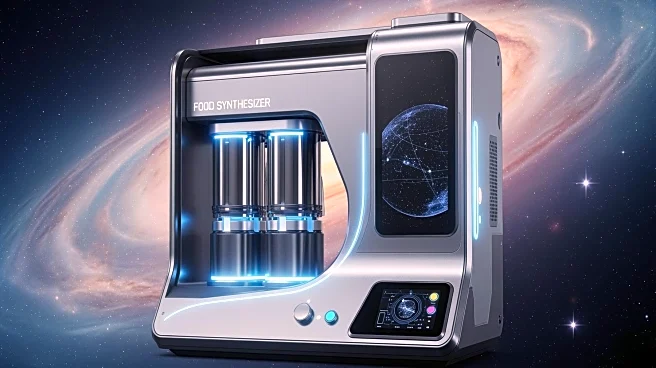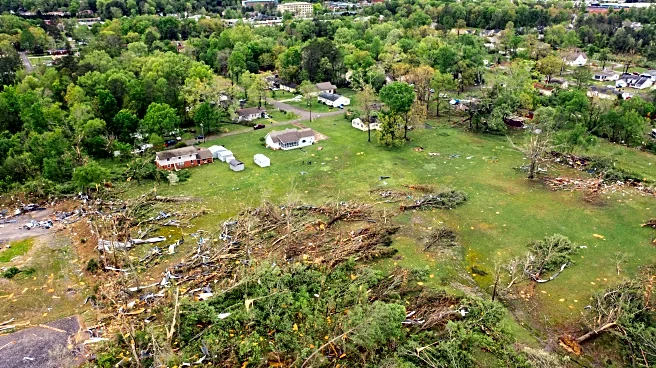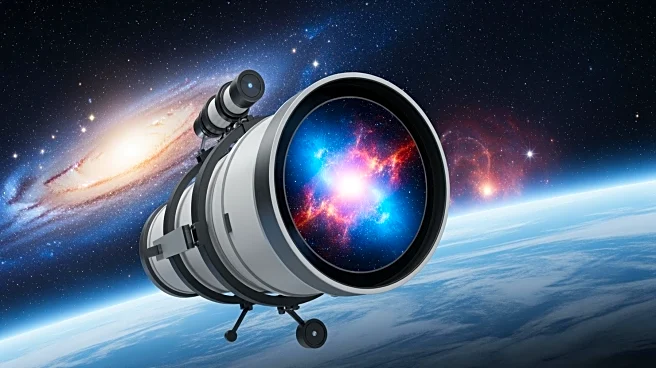What's Happening?
The European Space Agency's Sentinel-2 satellite mission has captured a striking image of the Planchón-Peteroa volcanic complex, located on the border between Chile and Argentina, emitting a significant
ash plume. The image, taken on October 25, 2025, shows the ash and volcanic gases rising approximately 1,970 feet above the crater. Initially drifting north-northwest, the ash plume later veered eastward into Argentina due to changing wind conditions. The Sentinel-2 satellites, part of the EU's Copernicus Earth-observation program, play a crucial role in monitoring such remote and rugged regions, providing valuable data on volcanic activity and its environmental impacts.
Why It's Important?
The ability to monitor volcanic activity from space is vital for understanding and mitigating the impacts of such natural events. The ash plume from the Planchón-Peteroa complex poses potential risks to air quality and local communities, highlighting the importance of international cooperation in environmental monitoring. The data collected by the Sentinel-2 satellites can inform emergency response efforts and contribute to scientific research on volcanic behavior. This event underscores the significance of satellite technology in observing and responding to natural disasters, which can have cross-border implications.
Beyond the Headlines
The use of satellite imagery in monitoring volcanic activity also raises questions about the role of technology in environmental governance. As natural events do not adhere to national boundaries, international collaboration becomes essential in managing shared environmental challenges. The Copernicus program exemplifies how technological advancements can enhance our understanding of the planet and improve our ability to respond to environmental crises. This development may also prompt discussions on the ethical use of satellite data and the need for transparent data-sharing agreements between countries.













